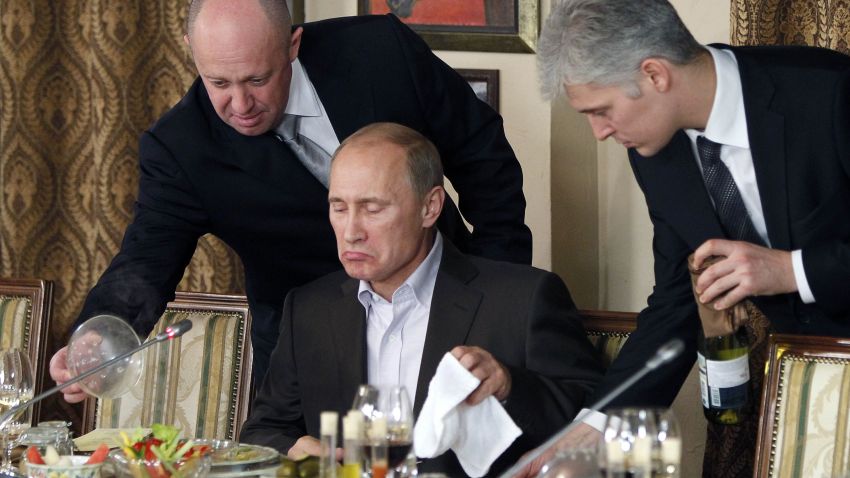In the Bavarian town of Rain am Lech, a statue in the market square serves as a reminder of more tumultuous times. It depicts Johann Tserclaes, the count of Tilly, who helped lead the armies of the German Emperor Ferdinand II against Protestant challengers during the first decade of the Thirty Years’ War. Considered a hero by imperial loyalists, Tilly was despised by adversaries for the horrific war crimes his mercenary troops inflicted during the Sack of Magdeburg in 1631. Avoiding these inconvenient details, the monument in Rain commemorates his nearby death in battle in 1632, after defeat at the hands of Swedish Protestants.
The armies that Tilly helped lead were largely made up of mercenary troops called the Landsknechts or condottieri. Their pivotal role in imperial armies struggling to survive finds echoes today in private military contractors such as Russia’s Wagner Group, in that their fates are intertwined with those of the regimes they serve, but whose established command hierarchies they also disrupt.
No doubt, historical comparisons with contemporary events are a risky business. Each conflict has its own unique social context that cannot be easily transferred to dynamics shaping wars in other eras. Awareness of the specificities of each battlespace is crucial to ensuring that attempts to examine shared patterns do not lead to absurd analogies that ignore the vast differences between, for example, the pike and shot warfare of the 17th century and the drone-guided artillery battles taking place in Ukraine today. Yet with all these caveats in mind, there are two historical patterns that can provide insights into how the role that private military contractors, or PMCs, play within the Russian political system might evolve over time.

